SPITHEAD ARTS
Arts Appreciation Society



Lecture Programme
Click on the lecture titles to view more information.
GRACE DARLING AND THE ART OF SAVING LIVES AT SEA.
Start Date:
2024-10-22T19:00:00BST
Location:
Dr James Taylor
Event Description:
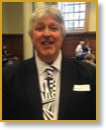
Grace Darling and the art of saving lives at sea
Darling's daring rescue of steamship passengers off the Northumberland coast in 1838 brought her international fame. Discover more about her bravery and short life (died aged 26) living in the Brownsman and Longstone lighthouses and influence, alongside the artistic contribution that has helped to keep her in the public eye. Grace became the "poster girl" of the RNLI and was the first woman awarded their medal for gallantry. This talk also includes references to life-saving inventions by Henry Greathead, Captain Manby and John Dennett and Sir William Hillary, the founder of the RNLI. 2024 is the bicentenary of the founding of the RNLI (established in 1824)
Dr James Taylor MA (Hons) FRSA studied at the Universities of St Andrews and Manchester. He is a former curator of paintings, drawings and prints, and co-ordinator of various exhibitions and galleries, at the National Maritime Museum, Greenwich. Also lecturer and ship’s historian on board cruise ships. He guest-curated Dazzle – Disguise & Disruption in War & Art at the St Barbe Museum and Art Gallery in Lymington in 2018. His many publications include illustrated histories of marine painting and yachting art.
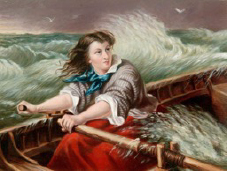
THE CURIOUS HISTORY OF CHRISTMAS FOOD.
Start Date:
2024-11-26T19:00:00GMT
Location:
Dr Peter Ross
Event Description:
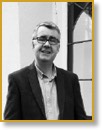
The Curious History of Christmas Food
The foods we eat at Christmas have a long, curious and visually spectacular history. This lecture narrates and illustrates that history from Medieval boar’s head and brawn, by way of highly decorated seventeenth century mince pies to the almost forgotten Twelfth Night Cake. Medieval illuminated manuscripts, paintings and prints from the seventeenth to the nineteenth centuries, and illustrations from cookery books provide us with images of some of the lost glories of the British Christmas feast.
Dr Peter Ross has a History of Art degree, an MA in London history, a PhD in the cultural history of an English Criminal, qualifications in the teaching of adults and is an accredited Arts Society Lecturer. Currently Principal Librarian at Guildhall Library, he has for 20 years lectured on a broad range of topics including the history of English books, portraiture, and London history. Peter has appeared on TV and radio as a consultant on the 18th century criminal Jack Sheppard and on the history of English food. His most recent publication, The Curious Cookbook, was published by the British Library.
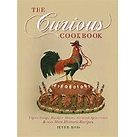
NAZI LOOTING AND WWII
Start Date:
2025-01-28T19:00:00GMT
Location:
Shauna Isaac
Event Description:
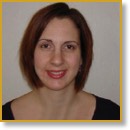
Nazi looting and WW II
The Nazis looted over 20% of Western Art during World War II, confiscating art from Jewish families and emptying museums throughout Europe. This lecture will provide an overview of Nazi looting by setting the scene in Nazi Germany, discussing Hitler’s obsession with art and how the Monuments Men recovered art after the war. Several landmark cases will be discussed in detail, including Gustav Klimt’s celebrated Portrait of Adele Bloch Bauer and the stash of over 1200 artworks found in possession of the son of a notorious Nazi dealer.
Shauna Isaac has been active in World War II art restitution for several years and has worked with families and government organisations to recover Nazi looted art. She set up the Central Registry on Looted Cultural Property and served as a member of the Working Group for the Holocaust Era Assets Conference in Prague. She is a regular lecturer at the Sotheby’s Institute of Art. Her publications include articles for The Art Newspaper, TLS and Art Quarterly. She is a contributor to the book ‘Insiders/Outsiders: Refuges from Nazi Europe and their contribution to British Visual Culture’ (2019).
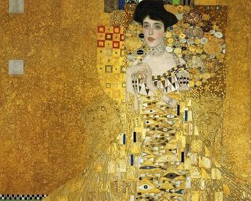
HIDDEN CANVASSES: STREET ART AND THE CITY
Start Date:
2025-02-25T19:00:00GMT
Location:
Doug Gillen
Event Description:
There’s more to the world of street art than Banksy - Hidden Canvases is a beginner's guide to the biggest art movement since pop art. Hidden Canvases explores the key stages in street art's growth examining the different elements and styles that comprise the scene with no rules. From the international superstars to the local underground heroes you're guaranteed to leave knowing your Invader from your Aryz and who knows - you might even start looking at the world a little differently.
Doug Gillen is the man behind Fifth Wall TV, a London based production channel, and digital platform that investigates all aspects of graffiti and street art. Originally from Scotland. He created Fifth Wall TV six years ago, and he’s been filming and talking about the world of street art and graffiti ever since. From train writing in New York to interactive technology that brings murals to life, the concept of un-commissioned public art is a very different beast to that which it once was.
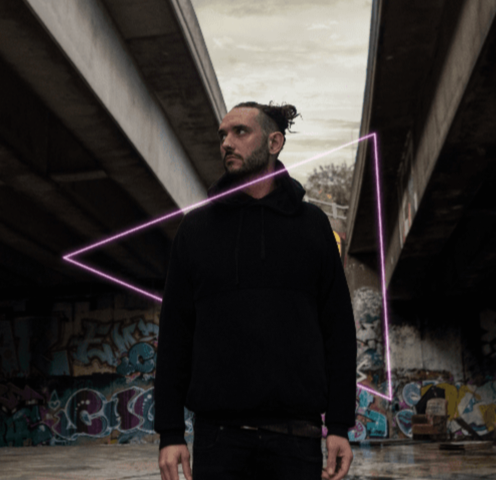
FABER AND FABER: ITS HISTORY AND DESIGNS
Start Date:
2025-03-25T19:00:00GMT
Location:
Toby Faber
Event Description:
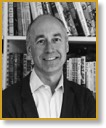
Full of stories and personal insight, this lecture traces the history of one of London’s leading publishers through its illustrations, covers and designs. It will feature artists from Rex Whistler and Barnett Freedman to Peter Blake and Damien Hirst and design concepts from the typographical excellence pioneered by Berthold Wolpe to the various ‘grids’ used by the agency Pentagram.
Toby was a banker and management consultant before spending four years as managing director of the company founded by his grandfather, Faber and Faber. He remains on its Board and is Chairman of its sister company, Faber Music, an Arts Society lecturer, and a director of Liverpool University Press.Toby has written three works of narrative non-fiction - Stradivarius (2004), described in The New York Times as ‘more earthy, enthralling and illuminating than any fiction could be’, Faberge's Eggs (2008) and Faber & Faber: The Untold Story (2019) - and one novel, Close to the Edge (2019). Only one of those books (the obvious one) was published by Faber.
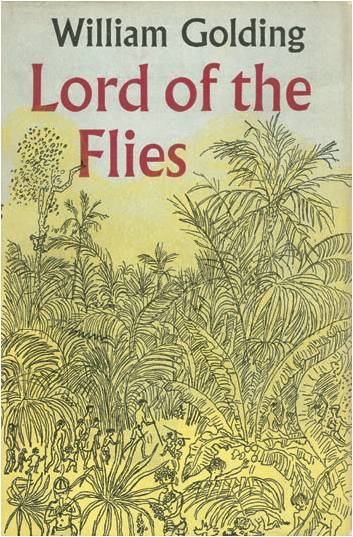
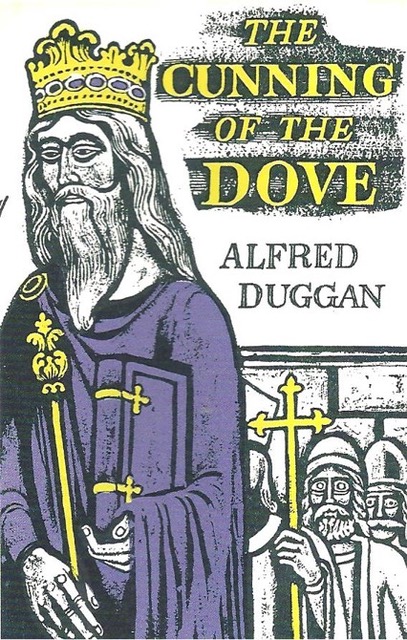
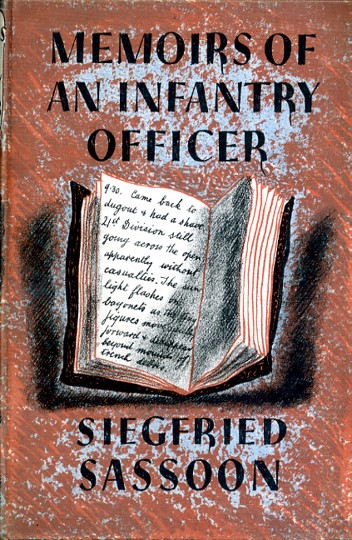
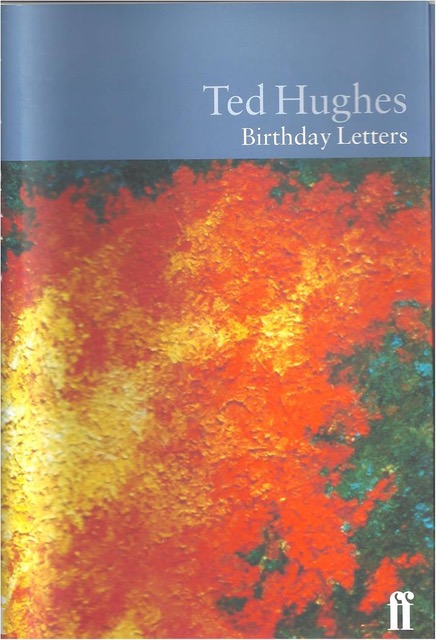
THE GREEN MAN IN ENGLISH CHURCHES
Start Date:
2025-04-22T19:00:00BST
Location:
Imogen Corrigan
Event Description:

More correctly called ‘foliate heads’, there was a proliferation of Green Man images around the middle of the C14th. The lecture discusses how the image may have evolved from pagan and Classical times and what its purpose may have been. Although they may originally have been connected to ancient fertility rites, the majority show either distorted or very mature faces which seems to contradict the notion that they were associated with May Day frolickings. It may be that we can learn more about its meaning if we take into account the historical events of the time and their effect on the nation’s imagination.
Imogen Corrigan was in the army for nearly 20 years and retired in the rank of major. She then gained a degree in Anglo-Saxon and Medieval History, followed by an MPhil from the University of Birmingham.She has been lecturing and running study tours on Anglo-Saxon and Medieval history for some years and uses art – usually church art – as the evidence in her research as much as possible. She lectures for travel tours and on board small ships for Noble Caledonia, as well as for The Arts Society, U3A, Kent Federation of History and East Kent National Trust. She is a Fellow of the Royal Society of Arts and a member of the British Commission for Military History. She was recently given the Freedom of the City of London. In 2022 Imogen was elected Fellow of the Royal Historical Society.
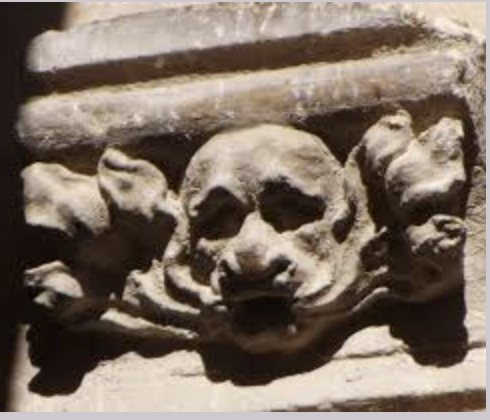
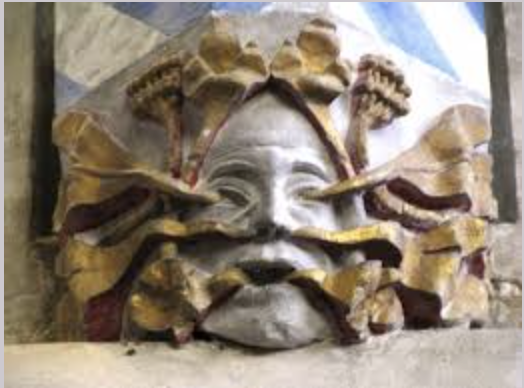
CREATING PARADISE: THE HISTORY OF THE ENGLISH GARDEN
Start Date:
2025-05-27T19:00:00BST
Location:
Barbara Peacock
Event Description:
In this lecture we shall trace the development of English gardens from Tudor times through to the twentieth century. Our early formal gardens owe much to the influence of Italy and France, and although most were destroyed in the later vogue for the ‘naturalistic’ landscape park, we can form an excellent idea of their appearance through paintings and engravings. In the 17th century, the more intimate gardens of the Tudor and Stuart period give way to grandiose formal layouts inspired by Versailles and many layouts of great formal schemes survive. However, whereas the formal garden was based on ideas from abroad, the creation of the eighteenth century naturalistic landscape park was a uniquely English achievement, and one that revolutionised the design of gardens and parks throughout Europe. In the Victorian period, we see a return to formality, but in the Edwardian gardens of Lutyens and Jekyll a compromise is reached: the plan is formal and architectural, but the planting is generous and naturalistic. The partnership resulted in some of the finest English gardens, and had a lasting influence on twentieth-century design.
Barbara Peacock, MA, FRSA is an architectural historian. Her particular interest is in the architecture of the country house and the development of historic gardens and landscapes. This interest stimulated research in the Czech Republic, historically part of the Habsburg Empire and an area rich in great houses and châteaux. In 2015 she was awarded the prestigious Lifetime Achievement Award by Czech Tourism in recognition of her important contribution to the preservation of Czech heritage, history and culture and in 2017 she received the Points of Light Award from the then Prime Minister, Teresa May in recognition of the same. She is founder of Wessex Fine Art Study Courses and has led many successful tours in Britain and abroad, and in particular to the Czech Republic. She lectures for organisations such as the National Trust, the Art Fund and The Arts Society. She was formerly Assistant Keeper in the Department of Fine Art at Birmingham City Art Gallery and Adult Education Tutor in Fine Art at Southampton University.
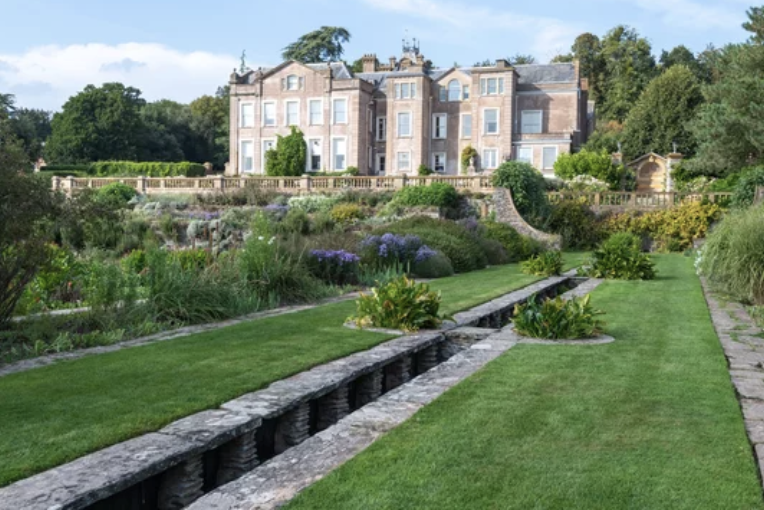
FIRST, CATCH A SQUIRREL: 15 AND 16C PAINTING TECHNIQUES
Start Date:
2025-06-24T19:00:00BST
Location:
Chantel Brotherton-Ratcliffe
Event Description:

The 14th century artist Cennino Cennini recommended using “the chicken bones that you will find under the dining table” for making charcoaled bone black to paint with. His treatise, The Artists’ handbook, gives us an understanding of some of the surprising materials which any artist had to master before he could begin to paint, such as the tail of a squirrel to make his paintbrushes. But many of these materials were difficult to use and have an effect on the finished look of paintings from the centuries before industrial processes changed the artist’s world. This lecture will explain the techniques and the reasons for some of the features of 15th and 16th century paintings which may seem odd to our modern eyes. I will bring examples of the materials mentioned in the talk to pass round and discuss with participants.
Chantal Brotherton-Ratcliffe graduated from Edinburgh University with MA in History of Art, and completed her Ph D at the Warburg Institute, University of London. She trained briefly as a paintings conservator, but her utter ignorance of Chemistry drove her to the more forgiving embrace of Art History. She has worked for over 30 years at Sotheby’s Institute of Art, and for a number of institutions in London including the National Gallery, the Wallace Collection and the RA, as a lecturer teaching a wide range of topics within fifteenth, sixteenth and seventeenth century European art. Her interest is in the approach of the traditional connoisseur, teaching the analysis of those stylistic features of a painting or work of art, that can tell us who the artist is, and when a painting is a copy, good or bad.
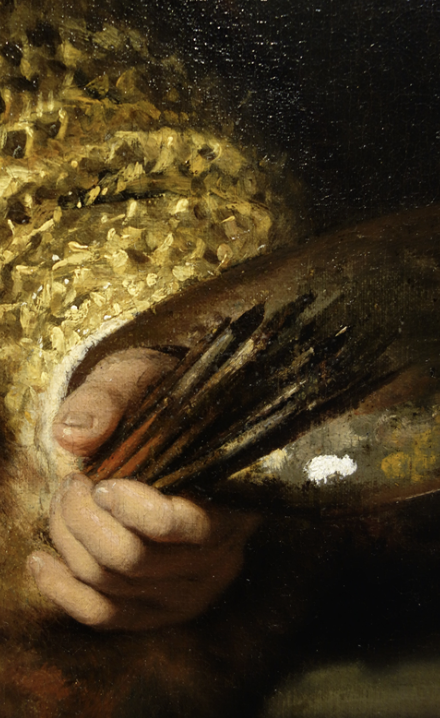
THE ART OF THE CARTOONIST
Start Date:
2025-07-22T19:00:00BST
Location:
Harry Venning
Event Description:

In this talk Harry will be tracing the history of his profession through the work of artists who have made an impact upon language, culture, history and, most importantly, upon him. These include James Gillray, Charles Schultz, Herje (Georges Remy), Posy Simmonds and Ronald Searle. Harry will also be drawing live. Prepare to hear some tricks of his trade, where to put eyebrows for maximum effect, learn what a plewd is and where you should use it, and discover exactly what the Eskimo brothers said in the Funniest Joke Ever (possibly).
Harry Venning is a cartoonist, comedy writer and lecturer based in Brighton. He is best known for The Guardian’s weekly strip cartoon Clare In The Community, which he adapted into a long running Radio 4 sitcom. He is a former UK Strip Cartoonist Of The Year, Sony Radio Award winner and Honorary Fellow of Aberystwyth University.
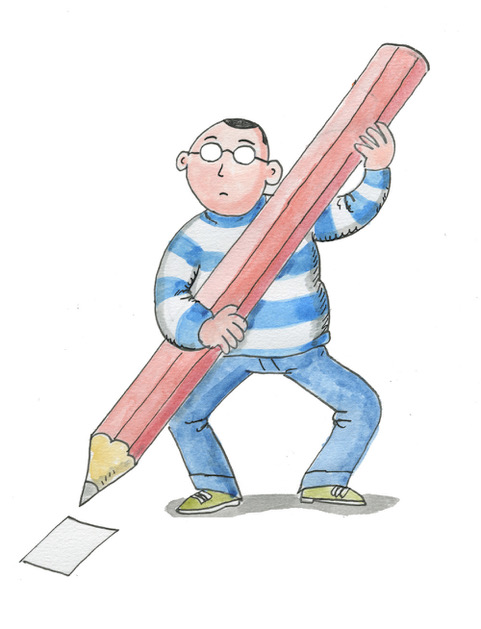

SILVER FILIGREE OF KOSOVO
Start Date:
2025-09-23T19:00:00BST
Location:
Elizabeth Gowing
Event Description:

The Silver Thread: Silver Filigree and traditional art in Kosovo
Kosovo's silversmithing skills are mentioned in Dante and silver has been said to give the country both its war and its golf course. The lecture offers an insight how this could be true, as well as sharing images of what's done with the metal mined in Europe's newest country, showing the processes which result in stunning jewellery and lacy metal artefacts but also explaining how these things are lived, worn and used. This is therefore an insight into both how Kosovo shapes its silver, and how silver has shaped Kosovo.
Elizabeth Gowing studied English Literature at Magdalen College, Oxford and subsequently trained to be a teacher and completed her MA at the Institute of Education, University of London. She worked in primary education in Hackney, Lambeth and Islington as well as in education policy before moving to Kosovo in 2006. In 2009, she co-founded The Ideas Partnership, a charitable NGO that addresses challenges to the environment, education and cultural heritage, and supports the Roma, Ashkali and Egyptian communities in Fushë Kosovë.
She is the author of five travel books, of which four are about Kosovo and the Balkans.
In 2016 the President of Kosovo awarded her the Mother Teresa medal for her humanitarian work. In 2017 she was named by British Prime Minister Theresa May a 'point of light' for volunteering around the world.
In 2018 the new Kosovan President gave her Kosovan citizenship by decree.
At the end of 2021, Kosovan Prime Minister Albin Kurti appointed her to his cabinet as adviser on community affairs. Currently she is based in Kosovo, Albania and England.
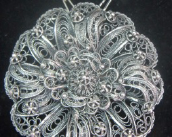
DAME LAURA KNIGHT
Start Date:
2025-10-28T19:00:00GMT
Location:
Rosalind Whyte
Event Description:

In 1936 Dame Laura Knight became the first woman to be elected as a full member of the Royal Academy in London, 168 years after its establishment. In her extraordinary career she painted landscapes, portraits and seascapes, as well as scenes from the circus, the ballet and the theatre. She was the only woman to be given War Commissions in both the First and Second World Wars and the only British artist to cover the Nuremberg Trials of 1946. This lecture provides an overview of her fascinating career and some of the remarkable achievements of her long life.
Rosalind Whyte has a Masters in Art History from Goldsmiths College, University of London and a Masters in Gender, Society and Culture from Birkbeck College, University of London. She is a guide and lecturer at Tate Britain and Tate Modern, as well as guiding at the Royal Academy. She is an accredited lecturer with The Arts Society and has led Art Appreciation holidays to various locations. She has represented the Tate as a cruise speaker and has lectured independently on cruises, with Swan Hellenic and Saga Holidays.
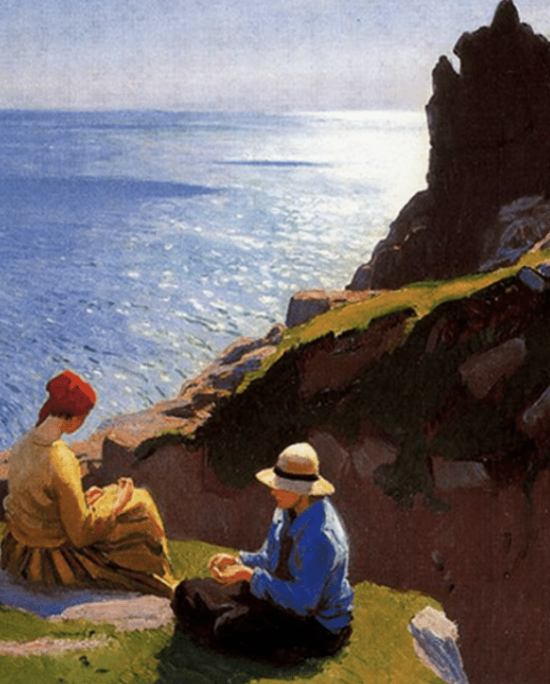
A TUDOR CHRISTMAS
Start Date:
2025-11-25T19:00:00GMT
Location:
Siobhan Clarke
Event Description:
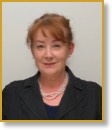
We might assume that our modern Christmas owes much to the Victorians. In fact, many of our favourite Christmas traditions date back much further. Carol-singing, present-giving, mulled wine and mince pies were all just as popular in Tudor times, and even Father Christmas and roast turkey dinners have their origins in this period. The Tudor Christmas was a time of feasting, revelry and merrymaking, a twelve-day-long festival, over which the Lord of Misrule held sway, and convention was thrown to the winds. Christmas was so beloved by English people that its traditions survived remarkably unchanged in this age of tumultuous religious upheaval. (This lecture is based on my book with Alison Weir ‘A Tudor Christmas’, published by Jonathan Cape, 2018).
Siobhan Clarke BA Hons has worked for Historic Royal Palaces for 20 years and lectured for the British Museum, National Trust, National Archives, and the Smithsonian. Her broadcasting work incudes BBC Radio ‘Women's Hour’ and PBS Television's ‘Secrets of Henry VIII's Palace’. She has published four history books, including ‘King and Collector: Henry VIII and the art of Kingship’ and ‘Gloriana: Elizabeth I and the art of Queenship’.
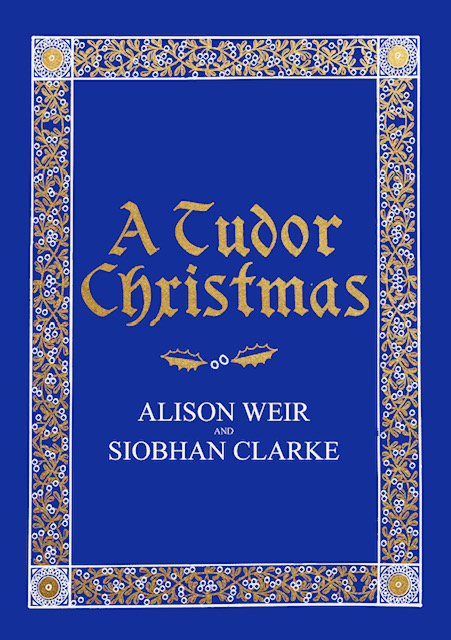
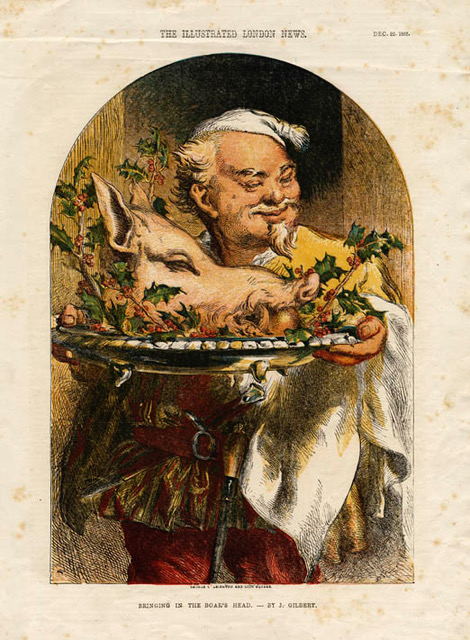
POETS, PAINTERS AND PRIVATE LIVES IN C19TH VENICE
Start Date:
2026-01-27T19:00:00GMT
Location:
Douglas Skeggs
Event Description:
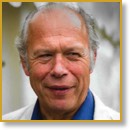
For centuries Venice had been an inspiration to artists and writers. At the peak of the Republic’s power, the rich Venetian light warmed the paintings of Titian and Tintoretto. Then, as the city’s influence began to ebb, its intricate architecture provided the backdrop for the works of Canaletto and Guardi. And finally, as it slipped away into obscurity, its rotting remains attracted artists, poets and writers from all over the world. Ruskin measured and recorded every mosaic and crumbling arch of the city. Henry James and Thomas Mann found stories in the sad remains of its past. Lord Byron led a life of inspired dissolution above the Grand Canal. Turner dissolved the city in the lilac light of the lagoon, Monet tracked the reflections of the canals across the disintegrating facades of ancient palaces and John Singer Sargent painted in the shaded back streets where the traditions of Venetian life still thrived. This lecture is a purely personal tour of 19th century Venice in search of these painters, poets and authors, the strange and often bizarre lives they led in the city, the customs and rituals they found when they arrived and the rich and varied succession of images they created that ultimately transformed the hard city of the Venetian Republic into the romantic legend it is today.
Douglas Skeggs, read Fine Art at Magdalene College Cambridge and has been a lecturer on paintings since 1980. In that time he has given over 8000 lectures to universities, colleges and art societies. He was the director of The New Academy of Art Studies for three years and is presently a regular lecturer at The Study Center, Christie's course 'The History of Art Studies' and other London courses. Among his more improbable venues for lectures are the bar on the QE2, MI5 headquarters, the Captain's Room at Lloyds, and an aircraft hanger in a German NATO base. Overseas he has lectured in Belgium, France, Germany and Spain, and has taken numerous tours around Europe. He has written and presented various TV documentaries, notably the Omnibus programme on Whistler and the exhibition video on William Morris. Three one-man exhibitions of his paintings have been held in England and Switzerland. He has published five novels, which have been translated into 8 foreign languages, and his book on Monet, River of Light, has sold 30,000 copies in England, America and France.
MASTERPIECES OF 20TH CENTURY PHOTOGRAPHY
Start Date:
2026-02-24T19:00:00GMT
Location:
Barry Venning
Event Description:

In the nineteenth century, photography struggled for recognition as an artistic medium on a par with painting and photography, but through its instantaneity and its sheer versatility, it became the dominant visual medium of the early twentieth century. This lecture considers a range of great images produced since 1900, by photographers as diverse as Tina Modotti, Weegee, Robert Capa & Gerda Taro, Lewis Morley and Edward Burtynsky. The photographs were taken for different purposes, using different processes, some in colour and others in black and white, but they have one thing in common: they show us the world in novel and unexpected ways.
Barry Venning is an art historian whose interests and teaching range from the art of late medieval Europe to global contemporary art. He has published books, articles and exhibition catalogue essays on Turner, Constable and European landscape painting, but also has an ongoing research interest in postcolonial art and British visual satire. He works as a consultant and associate lecturer for the Open University. His media work includes two BBC TV documentaries, radio appearances for BBC local radio and abc Australia, and a DVD on Turner for the Tate.

THE MEN WHO MADE MENSWEAR
Start Date:
2026-03-24T19:00:00GMT
Location:
Russell Nash
Event Description:

The story of men's tailoring over the past 200 years, told through the lives of the men who commissioned, created and wore it. Tailors, shirtmakers, hatters and other craftspeople in London, especially around Savile Row & Jermyn Street, have shaped the way men dress since the Regency. This lecture also looks at the wider cultural shifts since the early 19th century to the present day and how they affected the way that men present themselves.
Russell trained and worked as an actor, puppeteer and theatre maker for 15 years. He also spent time as a journalist, jewellery business owner and writer. In 2015 he qualified a London Blue Badge Tourist Guide. Around this time he rekindled his love of art and art history. He now regularly guides the major art galleries and museums in London including the National Gallery, National Portrait Gallery, Tates Modern & Britain and the British Museum. He has delivered lectures for institutes and museums, as well as numerous U3A groups and other societies.

CAPTAIN ROBERT FITZROY, CHARLES DARWIN AND THE VOYAGE OF HMS BEAGLE
Start Date:
2026-04-28T19:00:00BST
Location:
James Taylor
Event Description:

2026 marks the 200th anniversary of the first voyage of HMS Beagle when Robert FitzRoy became captain. This led to the second global voyage in 1831 with Charles Darwin as the shipboard naturalist and the collection of evidence for his publication On the Origin of Species. FitzRoy paid for two artists, Augustus Earle and Conrad Martens, to paint the people and places encountered, and these images underpin the seafaring stories. This talk also focuses on the family and influences on FitzRoy and Darwin.
James studied at the Universities of St Andrews and Manchester. He is a former curator of paintings, drawings and prints, and co-ordinator of various exhibitions and galleries, at the National Maritime Museum. His many publications include illustrated histories of Marine Painting and yachting art Yachts on Canvas.
THE EMPTY CHAIR IN CONTEMPORARY ART
Start Date:
2026-05-26T19:00:00BST
Location:
Angela Findlay
Event Description:

Over the past 150 years, artists across the world – including the lecturer herself – have used the humble chair, in a whole variety of art mediums, as a conduit for ideas on protest, war, absence, memory, domestic life and female identity. We will follow the empty chair through the various art movements and artists of the last century including Schiele, Magritte, Warhol, Beuys, Rauschenberg and others.
Angela Findlay is an artist, author and lecturer with a long career of teaching art in prisons both in England and Germany. Her interest in the redemptive role of art in society led to extensive research into Germany’s complex post-WW2 process of remembrance. Angela’s book on the subject – In My Grandfather’s Shadow - was published in July 2022 by Penguin Transworld.

A TALE OF TWO CITIES - LONDON AND NEW YORK ON THE MUSICAL STAGE
Start Date:
2026-06-23T19:00:00BST
Location:
John Snelson
Event Description:

The musical evolved in two great cities: London and New York, so similar and so different in equal measure. This lecture explores the metropolitan world from the perspective of the musical theatre stage, taking in ganglands and society haunts, the suburbs and the centres of power. West Side Story, Guys and Dolls, Sweeney Todd and Oliver! are only a few of the familiar shows that have put London and New York centre stage. What do metropolitan musicals reveal about the real cities and the characters who live in them? The answers are frequently colourful, often unexpected, but always delivered through distinctive characters, striking images and memorable music.
John Snelson specializes in the lyrical stage, particularly British musical theatre, the subject of his PhD. His many publications include the books Andrew Lloyd Webber (Yale University Press, 2004) and Reviewing the Situation: the British Musical from Noël Coward to Lionel Bart (Bloomsbury, 2023) and How to Enjoy Opera (Oberon/Bloomsbury, 2015). John lectures widely on music and the stage. He worked for the Royal Opera House for twenty years and is now an Associate Lecturer at Goldsmiths, University of London.

GOLD OF THE GODS - TREASURES OF SOUTH AMERICA
Start Date:
2026-07-28T19:00:00BST
Location:
Chloë Sayer
Event Description:

The ancient goldsmiths of Peru and Colombia produced some of the most spectacular treasures of South America. Adept at casting and hammering, they transformed this sacred metal into elaborate pendants and breastplates, ear-ornaments, musical instruments, flasks, human figures, funerary masks, and lifelike representations of birds and animals. Colour tones went from pale yellow to deepest red. These ritual objects were often destined for temples, burial sites, and places of offering. For most societies in South America, gold had a spiritual importance: its brilliance evoked the Sun —the golden disk that nourished the Earth. Europeans, by contrast, saw gold as a commodity — the ultimate sign of wealth. After 1492, the search for precious metals in the Americas prompted colonial expansion by major powers. Gold was the magnet that lured Spanish conquistadors deep into the heart of Peru and Colombia. The Spanish Conquest would transform the lives of the inhabitants for ever. The dream of El Dorado led many Europeans to risk their lives searching for 'the Golden One', initially thought to be a lost city of gold. Later tales referred to a person rather than a place: a king who each day covered his naked body with powdered gold and traversed a lake on a golden raft. The legend of El Dorado kept European explorers fascinated for over two centuries.
Chloë Sayer specialises in the art and culture of Latin America. Her many books include Textiles from Mexico; Fiesta: Days of the Dead and other Mexican Festivals; Aztecs and Incas (in the series 'All about Ancient Peoples'); and The Incan Empire (in the series 'Exploring the Ancient World'). She is a Research Associate at the Royal Ontario Museum, and has made ethnographic collections for the British Museum. She leads cultural tours to Latin America, and has worked on documentaries about Mexico and Peru for the BBC and Channel 4. She lectures for the Arts Society, the Victoria & Albert Museum and other cultural organisations.


THE BAROQUE COUNTRY HOUSE
Start Date:
2026-09-22T19:00:00BST
Location:
Amy Lim
Event Description:

Many of Britain's best-loved country houses were created in the 'Baroque' period (c.1660-1720). Visiting some of the most iconic houses of the period, including Chatsworth, Petworth, and Blenheim, we will meet the patrons who created them, and look at some of the highlights of their sumptuous interiors, gardens and collections, addressing the question: what is 'Baroque'?
Dr Amy Lim is an art historian and curator, specialising in British fine and decorative arts from the seventeenth to twentieth centuries. She is curator of the Faringdon Collection at Buscot Park, Oxfordshire, and of the Stanley Spencer Gallery, Cookham. She was previously a research curator for two major exhibitions at Tate Britain, British Baroque: Power and Illusion (2020) and Now You See Us: Women Artists in Britain, 1520-1920 (2024). Amy is also a tutor at the University of Oxford Department for Continuing Education, and has published articles and essays on a variety of art-related topics from gothic garden monuments to female patronage.

CLARICE CLIFF: THE DOYENNE OF ART DECO
Start Date:
2026-10-27T19:00:00GMT
Location:
Viv Lawes
Event Description:

This lecture explores an artist whose work, inventiveness, and ability to catch the zeitgeist is still admired a century after her bold 'Bizarre' wares were launched in 1927. These Art Deco masterpieces are the products that most vividly signify Clarice Cliff's legacy. She spent a lifetime innovating. Born in 1899, she was a working professional whose lifespan covered the period in which women broke through the barriers of the art world. While the Royal Academy barred women from accessing the full training and privileges of their male counterparts, the pottery industry was one that had traditionally offered female artists the opportunities to excel. Cliff's talents were recognised when she was still a teenager, and she went on to produce designs that keyed into the cutting-edge trends of the period, setting the bar for ceramics as a commercial art form.

WE ARE AMUSED - VICTORIAN PAST TIMES
Start Date:
2026-11-24T19:00:00GMT
Location:
Bertie Pearce
Event Description:

Even though ‘work’ was the bedrock of Victorian progress and improvement, Queen Victoria’s reign saw the greatest upsurge in leisure pursuits ever witnessed. People earned more money and worked shorter hours than ever before and with the birth of the Railways and a desire to be health conscious it was a golden age for the art of entertaining oneself and being an amateur in the true sense of the word. This talk celebrates a pre-television age when the ability to amuse and entertain was paramount.
Bertie graduated with a BA(Hons) in Drama from Manchester University and went on to the Ecole Internationale du Theatre Jacques Lecoq in Paris. He has performed his magic all over the world and has toured extensively as a speaker sharing his passion for subjects such as illusion, Punch and Judy and Charles Dickens.

THE GLEAMING SPIRES OF LONDON - AN ARMCHAIR TOUR OF LONDON'S FINEST BUILDINGS.
Start Date:
2027-01-26T19:00:00GMT
Location:
Ian Swankie
Event Description:

London boasts an extraordinary range of architecture and this talk reveals the evolution of the capital through its great buildings. We start with a brief look at the development of architecture in the capital and then focus on the modern. Whether we like it or not, there are currently well over 500 new buildings planned in London over twenty storeys high, including dozens more than twice this height. This is in addition to those already completed. This talk looks at the best of these buildings including the cutting-edge designs of the latest towers such as the Shard, the Walkie-Talkie, the Cheesegrater and the Scalpel. We discover their extraordinary architectural and engineering challenges but also examine the controversies and difficult social decisions needed to manage this dramatically changing skyline.
Ian Swankie is a Londoner with a contagious enthusiasm for art and architecture. He is an official guide at Tate Modern, Tate Britain, Guildhall Art Gallery and St Paul’s Cathedral. He is also a freelance London tour guide. Since 2012 he has led a popular weekly independent art lecture group in his hometown of Richmond in West London. He is an accredited lecturer for The Arts Society, and a Freeman of the Worshipful Company of Art Scholars, one of the City Livery Companies.

© 2023 SPITHEAD ARTS | Arts Appreciation Society | email us | Privacy Statement | Constitution